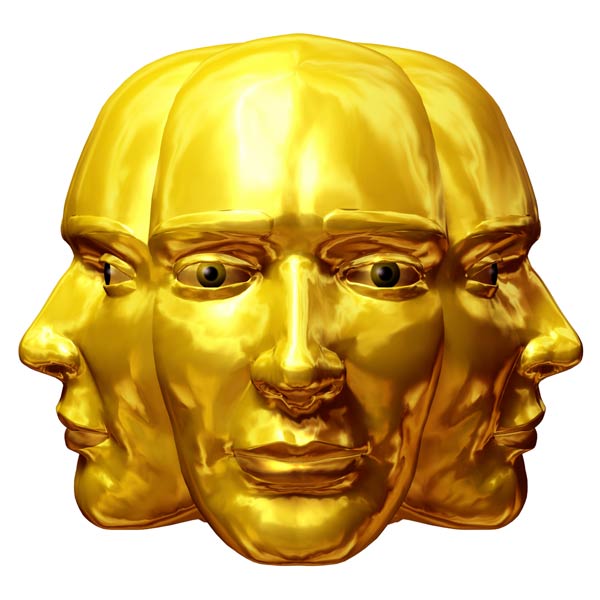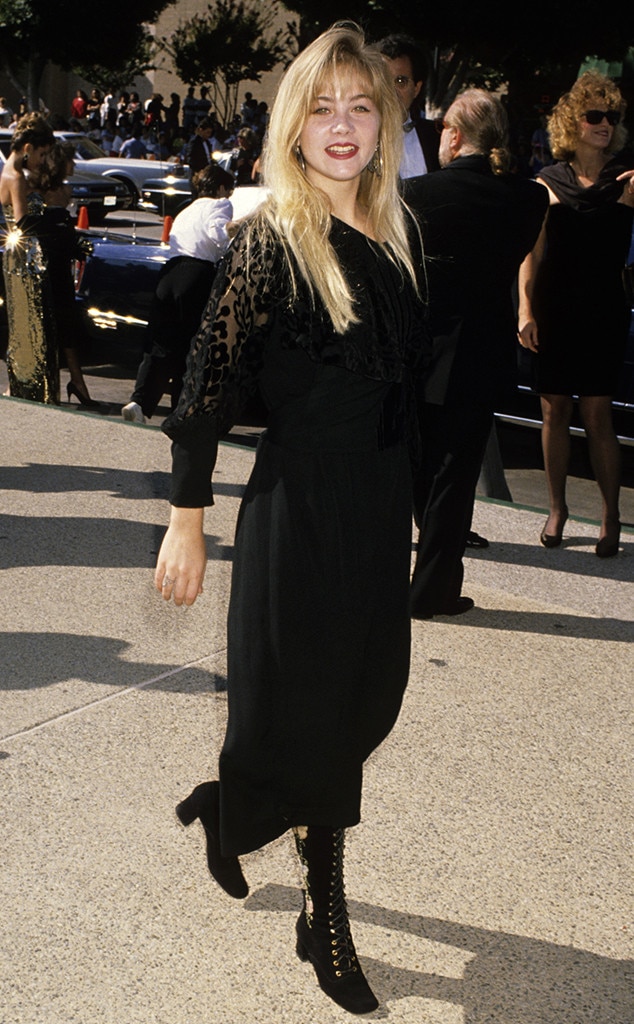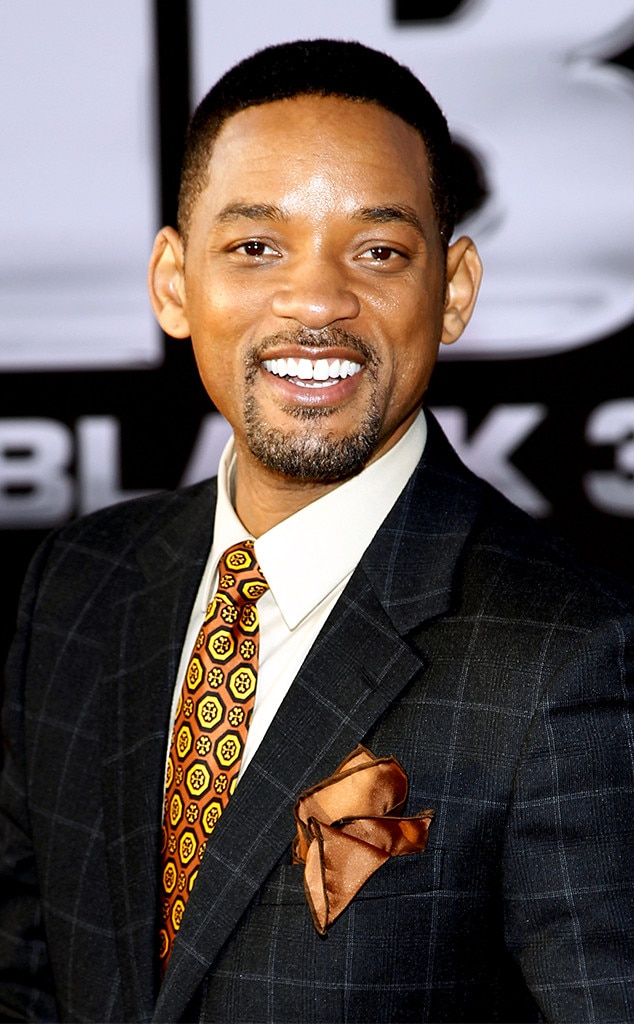“Pop Fashion Timelines & Flashbacks
Related Articles Pop Fashion Timelines & Flashbacks
- Award Season Fashion: A Celebration Of Glamour, Style, And Cultural Impact
- Famous Fashion Trends: A Journey Through The Ages
- Celebrity Outfit Analysis: Deconstructing The Art Of Red Carpet Glamour And Everyday Style
- The Pinnacle Of Style: A Deep Dive Into The Best Of Red Carpet Fashion
- The Ultimate Guide To Must-Follow Fashion Influencers In 2023
Introduction
We’re thrilled to take a closer look at an engaging topic related to Pop Fashion Timelines & Flashbacks. Join us as we weave together valuable insights and fresh perspectives to bring a new dimension to your understanding.
Table of Content
Pop Fashion Timelines & Flashbacks

Pop fashion is an ever-evolving entity, mirroring the cultural, social, and technological shifts of its time. From the rebellious spirit of the Roaring Twenties to the digital age’s eclectic mix, each era has left an indelible mark on the fashion landscape. This article delves into the captivating timelines and flashbacks of pop fashion, exploring its key moments, iconic figures, and enduring trends.
The Roaring Twenties: A Revolution in Style
The 1920s marked a radical departure from the restrictive silhouettes of the Victorian era. Women embraced a newfound sense of freedom, reflected in their clothing choices. The flapper dress, characterized by its loose, straight fit, dropped waistline, and knee-length hem, became the symbol of the decade.
- Key Trends: Flapper dresses, bobbed hair, cloche hats, long strands of pearls, T-strap shoes
- Iconic Figures: Coco Chanel, Louise Brooks, Zelda Fitzgerald
- Cultural Influences: Jazz music, the rise of the "New Woman," the post-World War I economic boom
The Golden Age of Hollywood: Glamour and Elegance
The 1930s and 1940s saw the rise of Hollywood as a global fashion influencer. Movie stars like Greta Garbo, Marlene Dietrich, and Katharine Hepburn epitomized glamour and sophistication. Dresses were long and flowing, often adorned with sequins, beads, and fur.

- Key Trends: Bias-cut gowns, tailored suits, wide-brimmed hats, platform shoes, fur stoles
- Iconic Figures: Greta Garbo, Marlene Dietrich, Katharine Hepburn, Joan Crawford
- Cultural Influences: The Great Depression, World War II, the rise of the studio system in Hollywood

The Post-War Era: New Look and the Rise of Youth Culture
The post-World War II era brought a renewed sense of optimism and a focus on femininity. Christian Dior’s "New Look," introduced in 1947, revolutionized fashion with its full skirts, cinched waists, and rounded shoulders. The 1950s also saw the emergence of youth culture, with teenagers embracing styles that reflected their rebellious spirit.
- Key Trends: New Look dresses, poodle skirts, saddle shoes, cardigan sweaters, cat-eye glasses
- Iconic Figures: Audrey Hepburn, Grace Kelly, Marilyn Monroe, James Dean, Elvis Presley
- Cultural Influences: The post-war economic boom, the rise of consumerism, the emergence of rock and roll music

The Swinging Sixties: A Decade of Change
The 1960s were a time of immense social and cultural change, reflected in the decade’s bold and experimental fashion. The miniskirt, popularized by Mary Quant, became a symbol of youthful rebellion. Other key trends included geometric prints, bright colors, and mod-inspired styles.
- Key Trends: Miniskirts, go-go boots, geometric prints, psychedelic colors, shift dresses
- Iconic Figures: Twiggy, Jean Shrimpton, The Beatles, Jimi Hendrix
- Cultural Influences: The Civil Rights Movement, the Vietnam War, the rise of youth culture
The Disco Era: Glamour and Excess
The 1970s were a decade of glamour, excess, and disco music. Fashion reflected this spirit with its platform shoes, bell-bottom pants, and shimmering fabrics. The decade also saw the rise of punk rock, which challenged mainstream fashion with its ripped clothing, safety pins, and rebellious attitude.
- Key Trends: Platform shoes, bell-bottom pants, halter tops, jumpsuits, sequins, punk rock fashion
- Iconic Figures: Bianca Jagger, Farrah Fawcett, David Bowie, The Ramones
- Cultural Influences: Disco music, the sexual revolution, the punk rock movement
The Materialistic Eighties: Power Dressing and Pop Icons
The 1980s were a decade of materialism, power dressing, and pop icons. Women embraced oversized blazers, shoulder pads, and bright colors. The decade also saw the rise of MTV, which brought music and fashion together in a powerful way.
- Key Trends: Oversized blazers, shoulder pads, leggings, neon colors, big hair, denim jackets
- Iconic Figures: Madonna, Prince, Michael Jackson, Princess Diana
- Cultural Influences: The rise of MTV, the yuppie culture, the AIDS epidemic
The Grunge Nineties: Minimalism and Anti-Fashion
The 1990s saw a reaction against the excess of the 1980s. Grunge fashion, characterized by its ripped jeans, flannel shirts, and combat boots, became popular among young people. Minimalism also emerged as a key trend, with designers focusing on clean lines and simple silhouettes.
- Key Trends: Ripped jeans, flannel shirts, combat boots, slip dresses, minimalist designs, crop tops
- Iconic Figures: Kurt Cobain, Kate Moss, Naomi Campbell, Jennifer Aniston
- Cultural Influences: The rise of alternative music, the internet, the Gulf War
The Digital Age: Eclecticism and Individuality
The 21st century has seen an explosion of fashion trends, driven by the internet, social media, and globalization. There is no single dominant style, but rather a celebration of eclecticism and individuality. Vintage fashion, streetwear, and sustainable fashion have all gained popularity.
- Key Trends: Athleisure, streetwear, vintage fashion, sustainable fashion, body positivity, gender fluidity
- Iconic Figures: Rihanna, Beyoncé, Kanye West, Billie Eilish
- Cultural Influences: The internet, social media, globalization, the rise of influencer culture
Fashion Flashbacks: Recurring Trends
Fashion is cyclical, and many trends from the past reappear in new and updated forms. Here are a few examples of recurring trends:
- The Flapper Dress: The flapper dress has been reinterpreted in various forms over the years, from the bohemian styles of the 1960s to the slip dresses of the 1990s.
- The Little Black Dress: The little black dress, popularized by Coco Chanel in the 1920s, remains a timeless classic.
- Denim: Denim has been a staple of fashion for decades, evolving from workwear to a versatile fabric used in everything from jeans to jackets to dresses.
- Animal Prints: Animal prints, such as leopard and zebra, have come in and out of fashion over the years, often associated with glamour and rebellion.
The Enduring Influence of Pop Fashion
Pop fashion is more than just clothing; it is a reflection of our culture, our values, and our aspirations. It is a powerful force that shapes our identities and influences the way we see the world. By understanding the timelines and flashbacks of pop fashion, we can gain a deeper appreciation for its enduring influence.
Conclusion
Pop fashion has always been a dynamic and evolving phenomenon, reflecting the social, cultural, and technological changes of its time. From the revolutionary styles of the Roaring Twenties to the eclectic mix of the digital age, each era has left its mark on the fashion landscape. By exploring the timelines and flashbacks of pop fashion, we can gain a deeper understanding of its enduring influence and its ability to reflect and shape our world. As fashion continues to evolve, it will undoubtedly continue to surprise and inspire us, reflecting the ever-changing spirit of our times.

Closing
With that, we hope this article has provided valuable insights into Pop Fashion Timelines & Flashbacks. Thank you for taking the time to read this article. See you in our next article!


